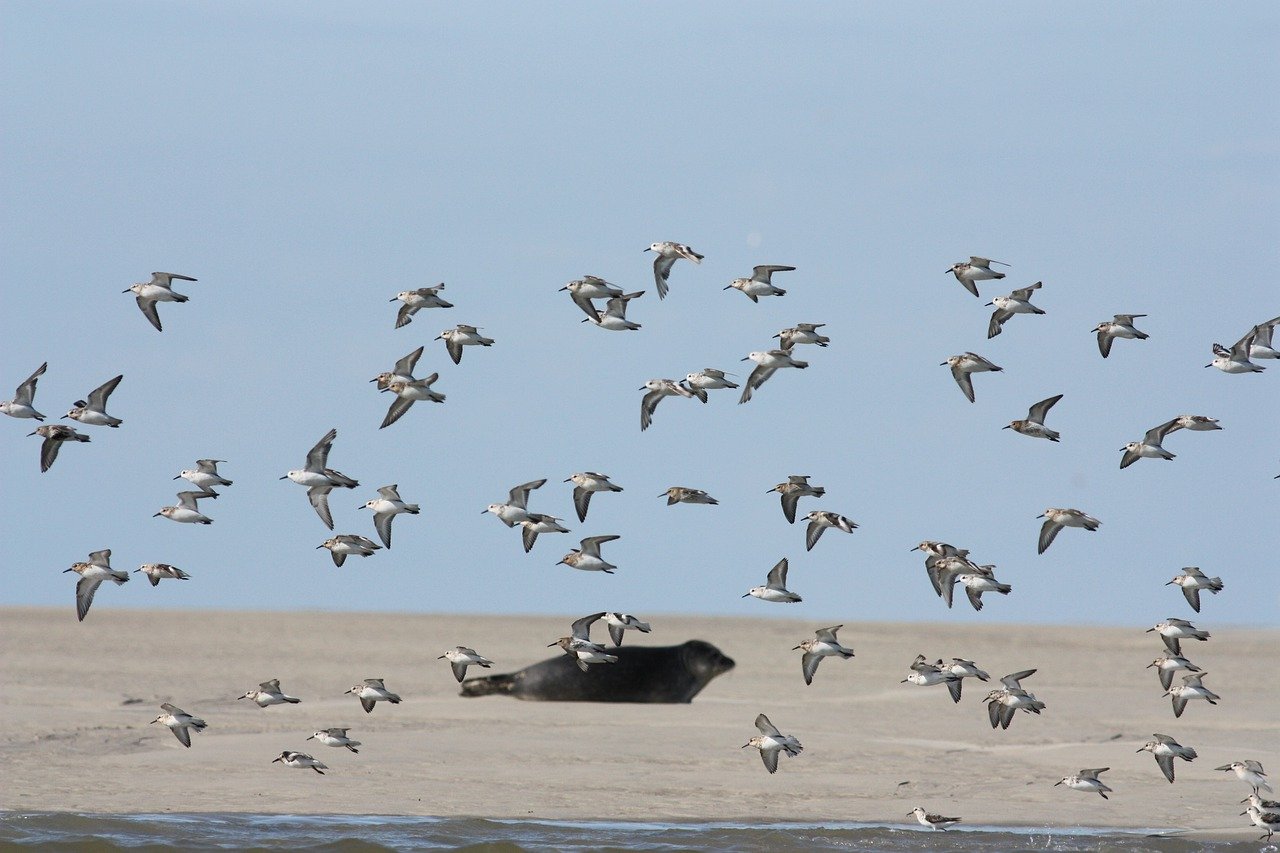What do population viability analyses tell about the future for Baltic Dunlin Calidris alpina schinzii and Montagu’s Harrier Circus pygargus on Öland?
DOI:
https://doi.org/10.34080/os.v20.22632Keywords:
threats, conservation, breeding success, predation, anthropological effects, Red List, Endangered (EN), Critically Endangered (CR)Abstract
Population viability analysis (PVA) has become an important tool in conservation biology. Even though detailed outcomes of PVA:s are constrained by data quality, it is a useful approach when the objective is exploratory, aiming to identify important parameters for viability or to guide future field work on endangered species. In this study we perform PVA:s based on scarce data to explore viability of two endangered bird species, Baltic Dunlin and Montagu’s Harrier, on Öland. Our simulation results underline that both species are under severe threats, with a median time to extinction of 24 years in Baltic Dunlin and 63 years in Montagu’s Harrier. Sensitivity analyses show that population growth rate is the most important factor for the model outcome in both species. Since there are no apparent threats for adult birds on Öland, this suggests that conservation measures should focus on improving conditions for successful breeding on the island. In additional simulations we explore some threats in more detail. In the case of Baltic Dunlin nest predation of eggs and chicks increase the extinction risk. In Montagu’s Harrier viability increases if breeding attempts within agricultural areas are detected and safeguarded. In order to enhance the PVA model, and build a stage-structured model, we suggest that detailed data on fecundity and survival should be collected.
Downloads

Downloads
Published
How to Cite
Issue
Section
License
Copyright (c) 2010 Per-Eric Betzholtz, Tobias Berger, Jan Petersson, Johan Stedt

This work is licensed under a Creative Commons Attribution 4.0 International License.
The copyright of each contribution belongs to the author(s), but all contributions are published under a Creative Commons license, so that anyone is free to share and reuse the contribution as long as the copyright holder is attributed.







